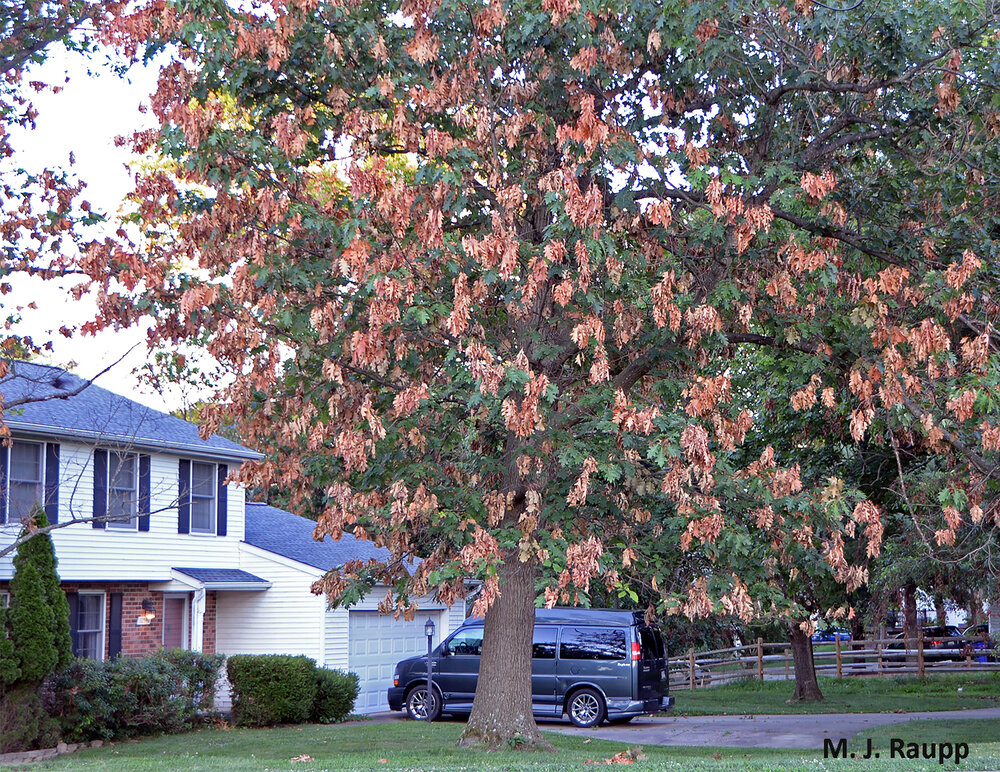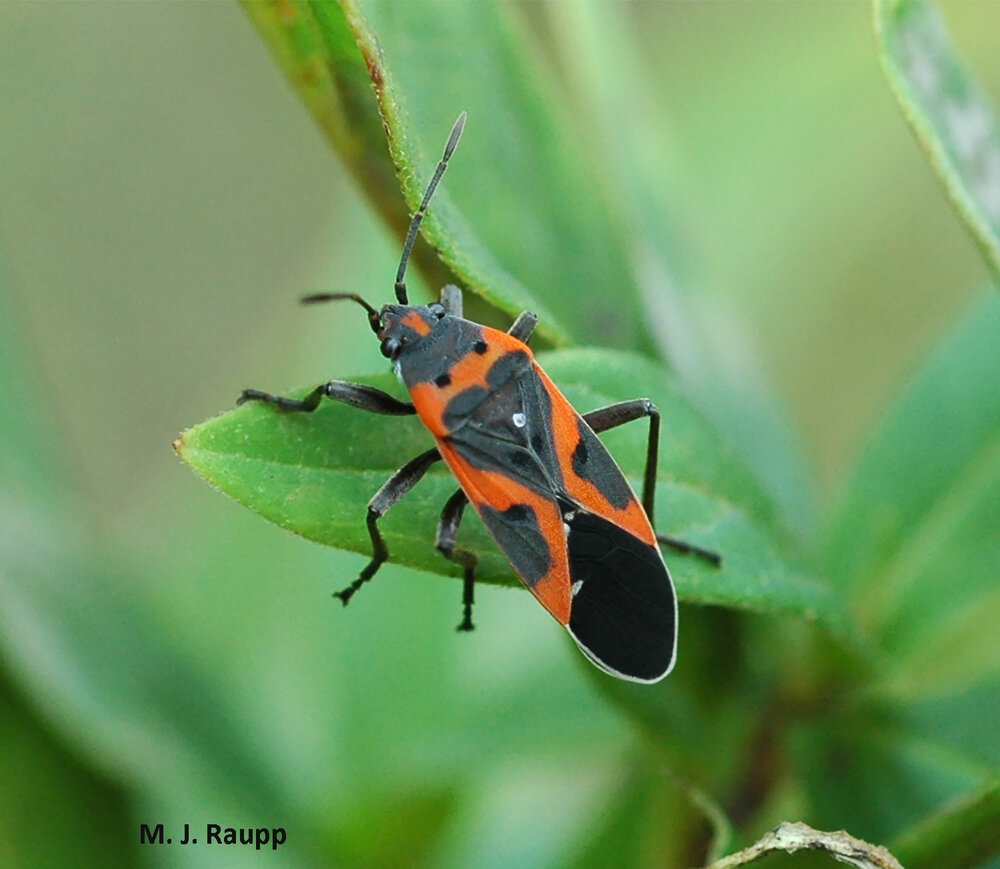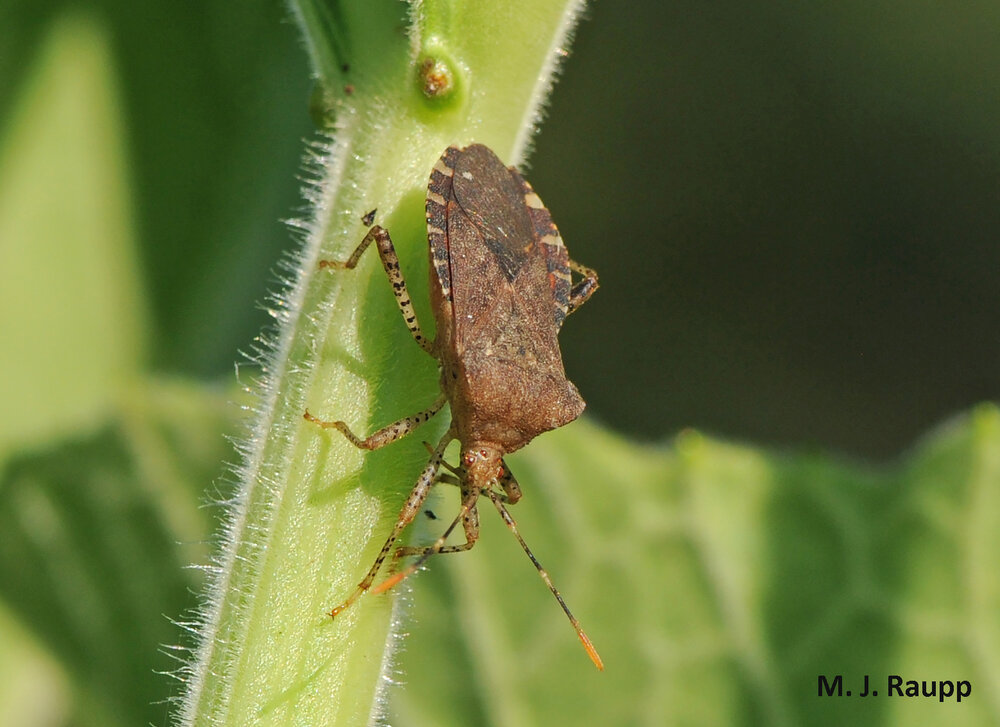Zebras along the Potomac: Zebra swallowtail butterflies, Protographium marcellus

Zebra swallowtails consume carbohydrate rich nectar to power their search for pawpaws, the food for their young.
In last week’s episode, we met several truly remarkable caterpillars, larvae of swallowtail and brush footed butterflies, that have evolved the clever defense of looking like bird droppings to fool the searching eyes of hungry predators. This week we travel the muddy banks and floodplains of the mighty Potomac River to visit the gorgeous zebra swallowtail butterfly and its larvae that employ a survival strategy different from the bird-dropping-mimics we met last week.

Along the Potomac and Patuxent Rivers in the DMV, delicious pawpaws are almost ripe. Pawpaw is one of the largest edible fruit produced by any native North American tree.
Along the banks of the Potomac and other tributaries of the Chesapeake grow small forests of beautiful native pawpaw trees. A walk amongst these winsome understory trees sets one to wondering why their luxuriant green leaves go virtually unmolested by leaf-eating insects and vertebrates during the growing season. Even rapacious white-tailed deer shun these plants. Pawpaw has evolved a clever defense, a noxious group of chemicals called annonaceous acetogenins. These bioactive compounds, found in both leaves and bark, likely make them unpalatable to a diverse array of hungry herbivores. In addition to nasty metabolic effects, acetogenins are known to produce a potent emetic response in vertebrates. Ah, but herbivorous insects often discover ways to deal with defenses thrown at them by plants. In previous episodes we learned how monarch caterpillars turned the tables on milkweeds and used defensive compounds produced by milkweeds for their own defense against predators. A similar story holds for the zebra swallowtail butterfly. Sophisticated chemical analysis revealed that zebra swallowtail caterpillars and adult butterflies contained annonaceous acetogenins similar to those found in pawpaws. Scientists believe that these compounds originate in the leaves of pawpaw, are stored in the tissues of caterpillars as they eat leaves, and are passed along to the adult butterfly. The presence of acetogenins likely helps protect both the beautiful butterflies and their larvae from the beaks and teeth of hungry predators.
Along the banks of the mighty Potomac, zebra swallowtails “mudpuddle” to obtain sodium and other minerals necessary for life. Watch as the zebra probes the soil with her proboscis. Caterpillars of the zebra swallowtail are elusive. After searching hundreds of pawpaws, I finally discovered an almost fully developed larva taking a stroll along a pawpaw branch.
During the next month or so, find a moment for a walk along the Potomac or other nearby rivers where pawpaws grow. Soon the delicious fruits of the pawpaw tree will be ripe. Be sure to keep an eye open for zebra swallowtails and spend a few moments searching pawpaw leaves for magnificent zebra caterpillars.
Acknowledgements
“Chemical Defense in the Zebra Swallowtail Butterfly, Eurytides marcellus, Involving Annonaceous Acetogenins” by John M. Martin, Stephen R. Madigosky, Zhe-ming Gu, Dawei Zhou, Jinn Wu, and Jerry L. McLaughlin, and “Common name: zebra swallowtail, scientific name: Protographium marcellus (Cramer) (Insecta: Lepidoptera: Papilionidae)” by Jerry F. Butler and Donald W. Hall were consulted in preparation of this episode.
This post appeared first on Bug of the Week























